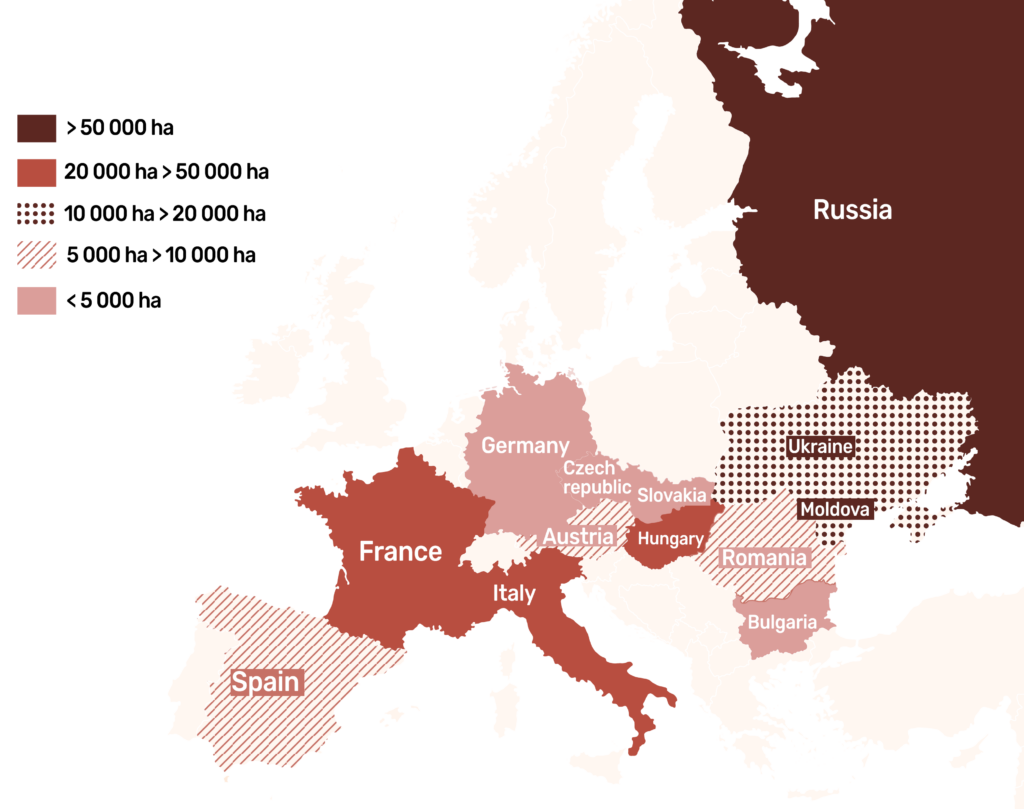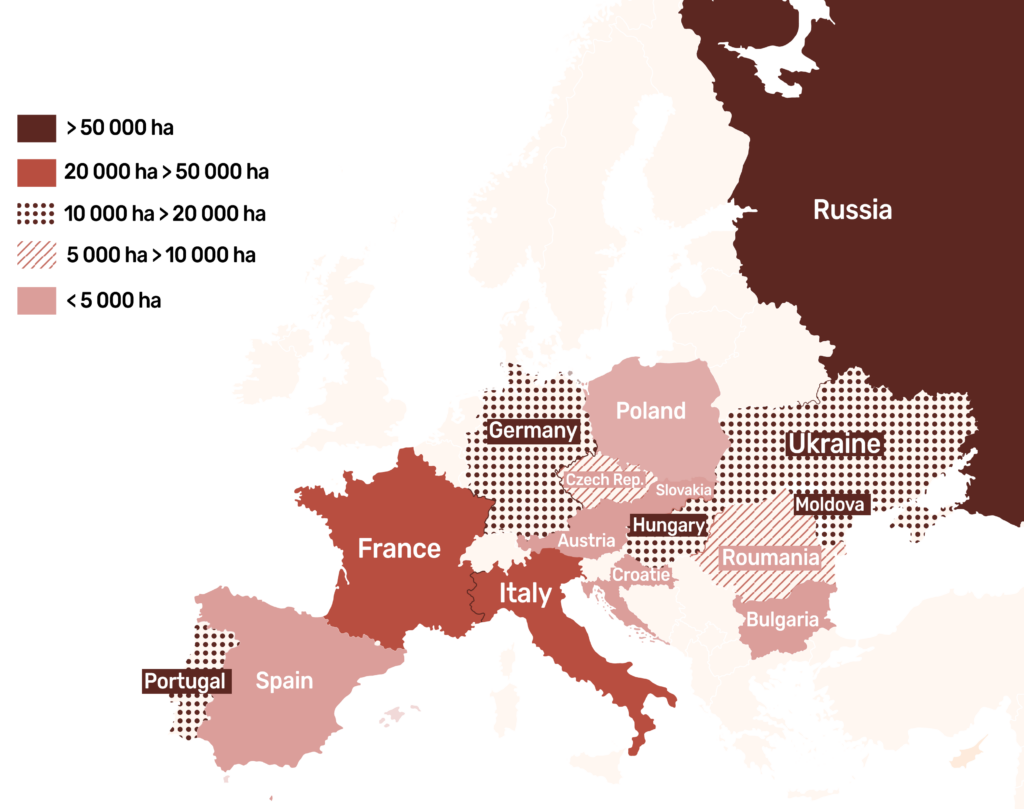
Sorghum is the rising crop that just won’t stop…
Sorghum is the world’s 5th largest cereal in the world, with 60 to 70 million tons produced each year, and has been part of the agricultural landscape for decades. It is cultivated on all continents, especially in Africa (40 to 50 percent of the world total) as well as in the US (8.2 million tons in 2023/24), Argentina, Australia (which are the main exporting countries alongside the US), China, India, and Mexico (three countries that produce for their own use). Not much grown in Europe until now, sorghum has been rising steadily on this continent over the past few years. The production has fluctuated between 500 000 and 1,1 million tons, depending on the year. Many countries import sorghum (China, Japan, Mexico, Spain, and Italy). Increasing sorghum production in Europe is therefore a strategic challenge.






















